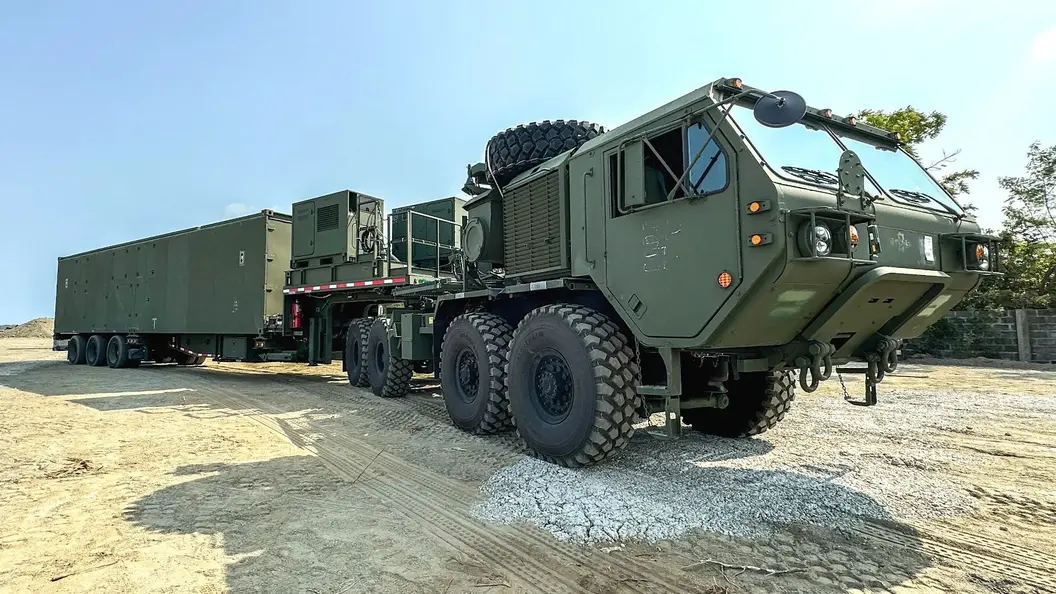The tale of India’s journey to independence is one marked by resilience, struggle, and unyielding hope. It began in the 17th century when the British East India Company arrived on Indian shores, not as conquerors but as traders. Disguised as merchants seeking to capitalize on India’s rich resources, they began their slow, insidious entry into the subcontinent.
By the end of the 19th century, India’s fate had been sealed under the shadow of British rule for over a century. The subcontinent had become an integral part of the British Empire, its wealth exploited and its people subjugated. Amid this backdrop of oppression and discontent, a beacon of hope emerged in 1885 with the founding of the Indian National Congress (INC). The INC represented the growing hunger for self-rule and became a key player in the fight for India’s freedom.
Read more – Key Takeaways From PM Modi’s Independence Day Address: Shaping India’s Future
As the 20th century dawned, tensions soared. In 1905, Viceroy Lord Curzon’s decision to partition Bengal ignited widespread unrest. The partition was perceived as a calculated move to divide and rule, exacerbating religious and communal tensions. This strategy of sowing discord only fueled the flames of dissent across the nation.
The British response to rising discontent was draconian. In 1919, the Rowlatt Act was enacted, granting the authorities the power to detain individuals without trial for suspected anti-government activities. This act of repression led to one of the darkest chapters in India’s struggle for freedom: the Jallianwala Bagh massacre. On April 13, 1919, British troops opened fire on a peaceful gathering in Amritsar, killing over 350 unarmed protesters. This brutal act of violence galvanized the Indian populace and pushed Mahatma Gandhi into action.
Read more – PM Modi’s Vision For India: Advances In Defence And Toy Manufacturing
Gandhi, a charismatic leader advocating non-violent resistance, launched a series of campaigns that became synonymous with India’s fight for independence. The Jallianwala Bagh massacre spurred Gandhi to lead hunger strikes and a non-cooperation movement, challenging British authority with a moral and ethical resolve.


















